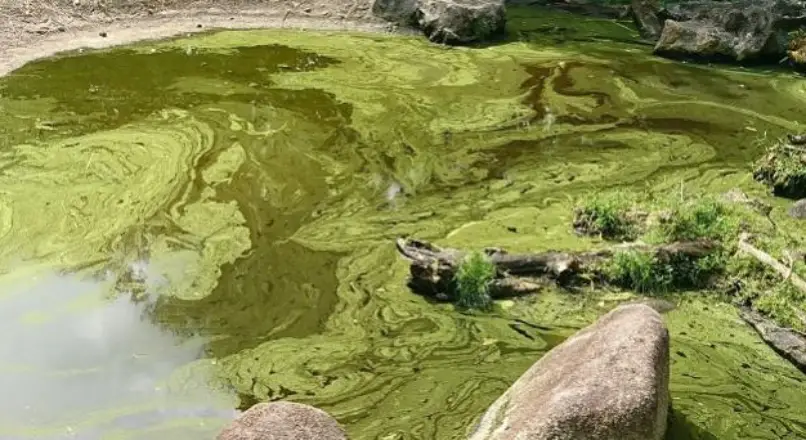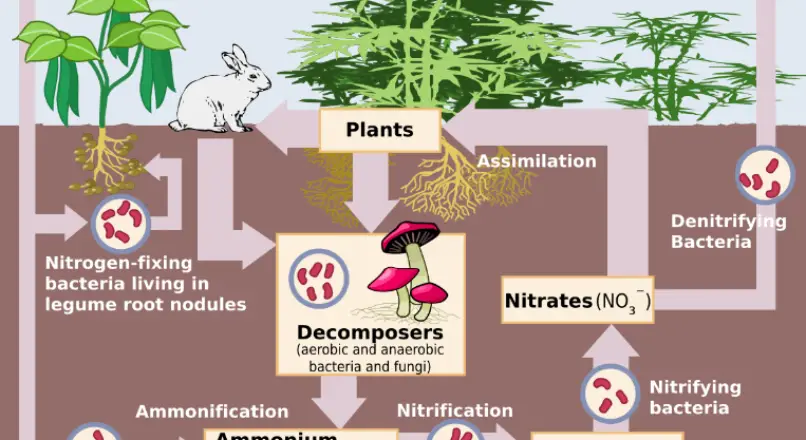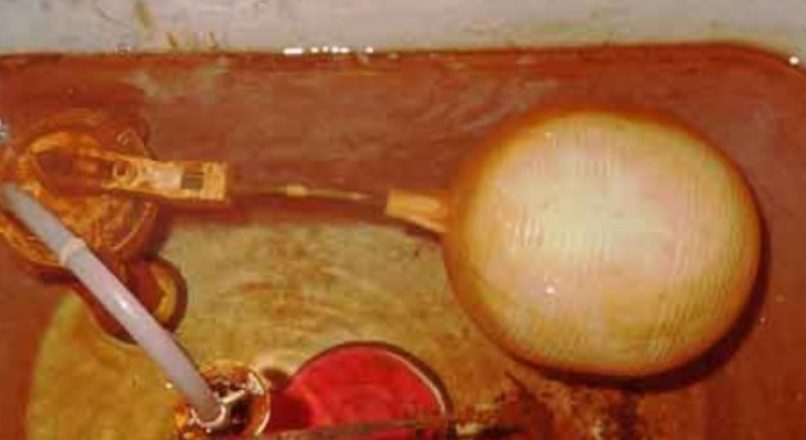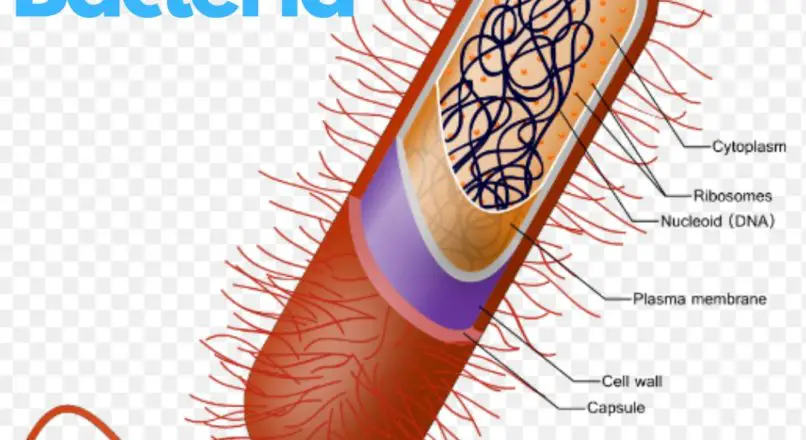Heterotrophic Bacteria
Heterotrophic bacteria are those bacteria that cannot prepare their own food and obtain food from the environment. These bacteria cannot convert light energy into chemical energy and need ingredients for their metabolism. These bacteria need organic carbon and can use ...
Continue reading







